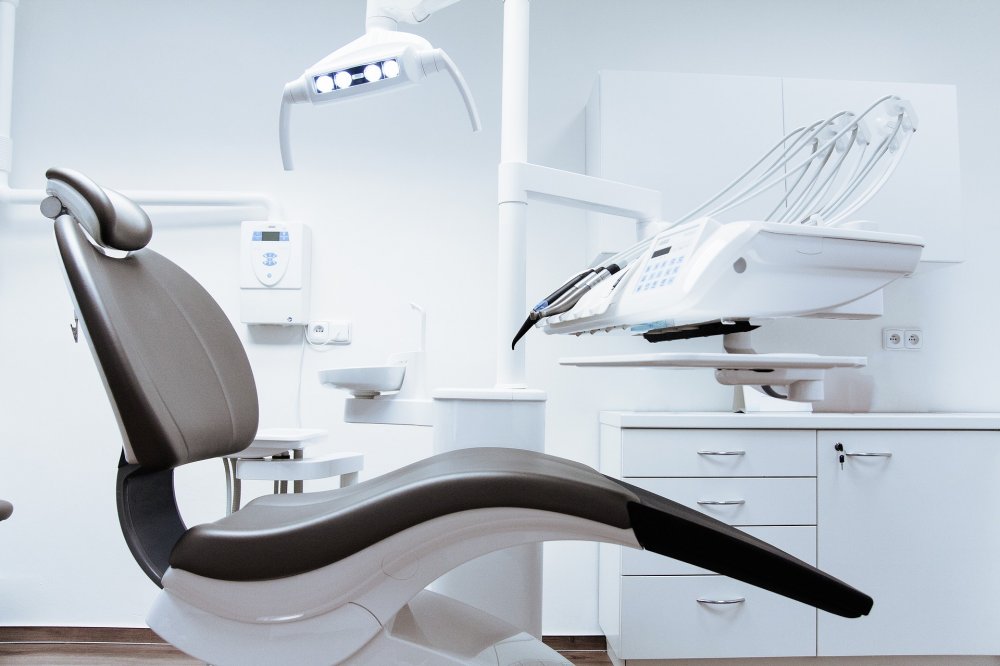Dental Insurance That Will Save Your Smile
This article was originally published on www.consumerreports.org
For many people, doling out the cash to get a toothache treated can hurt almost as much as the tooth itself. That’s because about 40 percent of Americans lack dental insurance, and most who have a dental plan lose that coverage once they retire.
But ignoring dental problems or skipping preventive care can harm you. For instance, some studies suggest that chronic gum infection is associated with an increased risk for heart attack.
Our experts say that the following steps can help you maintain your oral health without wrecking your budget.
Strategies for Saving on Dental Care
- Get dental insurance through work if you can. Most employers who offer dental insurance pay half or more of the premium cost, and most plans fully cover exams, X-rays, and cleanings; 80 percent of basic procedures such as fillings; and 50 percent of bigger-ticket work such as crowns, says Evelyn Ireland, executive director of the National Association of Dental Plans. Expect an annual deductible of $50 to $100 and be aware that the yearly maximum many insurers
pay out is usually $1,000 to $1,500. - Consider dental savings plans. No dental insurance through work? Participants in these buying-club-like programs pay an annual fee of $80 to $200 to access a large network of dentists (60 percent of dentists nationwide participate) who offer discounts of up 50 percent for members.
- See whether a dental HMO may work for you. Dental health maintenance organizations, or DHMOs, most often available in larger urban areas, charge $200 to $300 per person per year. For that fee, participants receive twice-yearly cleanings and exams, then pay between a few dollars and a few hundred dollars for services such as fillings, root canals, and crowns. About 20 percent of dentists nationwide participate. Search for dental HMOs by checking the “DHMO” box and then your state.
- Consider ACA coverage. If you get health insurance through the Affordable Care Act, be aware that certain ACA plans include dental. In other cases, you can also purchase optional dental insurance through the ACA. It's unclear what will be available for the 2018 open enrollment period, but you can get a sense of which plans currently offer dental.
- Check veterans' benefits. If you have a service-connected disability, you may be eligible for free comprehensive dental care from the Department of Veterans Affairs. Other veterans can buy comprehensive dental insurance at a reduced rate.
- Bargain hunt. Look up local rates for dental procedures at Fair Health Consumer and Healthcare Bluebook, then ask your dentist for a discount. In our 2012 survey, Consumer Reports readers who asked for a break were often successful.
- Create an emergency dental fund and
try add to it regularly. “Unpredictable things happen, and you have to have a way to pay for it,” says Julia Hallisy, D.D.S., president of the nonprofit Empowered Patient Coalition in San Francisco. “You could bite on a peach pit and crack a tooth.” - Check community health centers. Some offer low-cost dental care but may have limited services and, possibly, waiting lists. Call your local health department or state dental association, or go to Tooth Wisdom to find those centers.
- Try university dental schools. You'll be treated by supervised students and may be charged 30 to 40 percent less than you would pay at a private dental office. “The quality of care is excellent,” says Judith Jones, D.D.S., professor of dentistry at Boston University and an American Dental Association spokesperson. Find local dental schools here.
- Help your teeth last longer. Brush for a full 2 minutes—most of us stop after 30 seconds—twice each day with a soft-bristle manual or electric toothbrush, and floss before bed. Drink tooth-friendly beverages, including plain water. (Soda and drinks with lemon and lime can erode enamel and weaken teeth.) Increase your production of saliva, which helps protect teeth, with sugar-free hard candy and gum. Avoid sugary food and drinks. See a dentist once each year—more often if you have periodontal disease or are still getting cavities.
Dental Insurance With Paltry Benefits
-
Medicare. Medicare covers little in the way of dental care (except for hospital services such as post-accident jaw reconstruction). Medigap plans—supplemental private insurance—generally offer no dental insurance. Medicaid coverage is quite limited for adults but slightly better for children.
-
Dental insurance you buy on your own. Just 4 percent of Americans buy private dental insurance. “Insurance makes you feel protected, but there are often one-year waiting periods before you can qualify for work like root canals and crowns,” Hallisy says. “Some plans exclude these altogether.”
And these plans are often no bargain. One typical plan, AARP’s PPO “Plan B” dental insurance, begins at $474 per year per person. It has a $100 deductible and an annual cap of $1,000, and you pay part of the cost
for all services and procedures. So you’d spend at least $574 before reaping a benefit.

